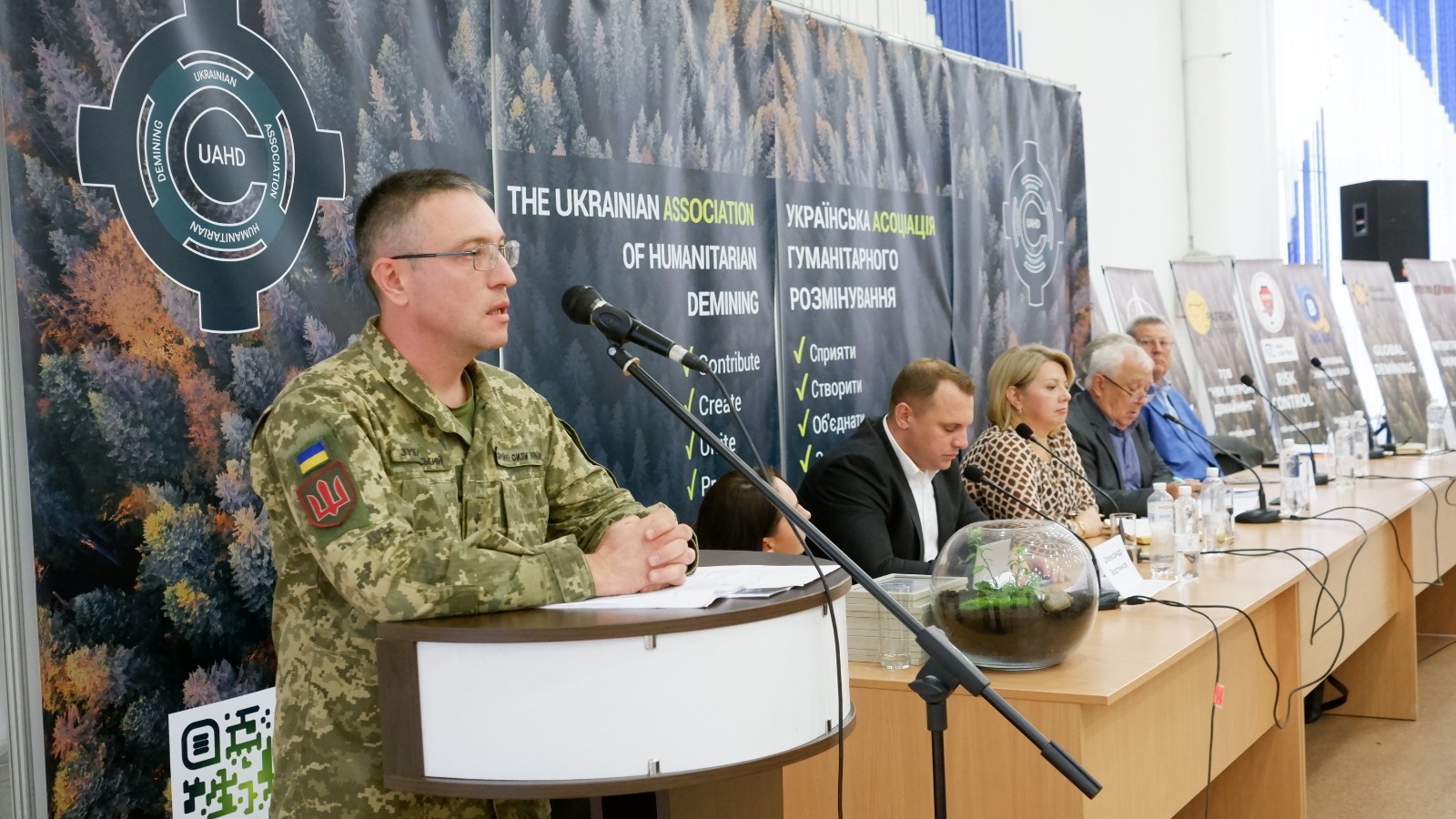This was reported by Colonel Yevhenii Zubarevskyi, Deputy Head of the Mine Action Department of the Main Directorate for Mine Action, Civil Protection, and Environmental Safety, at the scientific conference "Restoration of Land and Soil After Demining."
"After demining, our specialists conduct research in these areas to determine the best methods for returning community lands, forests, forest belts, and agricultural land to use," said Yevhenii Zubarevskyi.

He added that one of the main challenges in demining is the ongoing risk of new shelling. The aggressor uses cluster munitions and mines that can contaminate already cleared areas.
Conference participants emphasized that Russia is using the environment as a weapon of war, destroying human habitats.
In some areas, up to 80,000 Russian artillery rounds are recorded monthly, according to Major Vladyslav Dudar from the Environmental Safety Department of the Main Directorate for Mine Action, Civil Protection, and Environmental Safety.
"In certain locations, up to 550 artillery rounds fired by the Russian forces per square kilometer have been found in a single day. In such areas, specialists from the Center of Excellence for Mine Action and Environmental Safety find residues of various hazardous chemical compounds, heavy metals, and other explosive degradation products," added Vladyslav Dudar.

He stressed that experts continuously analyze soil quality in cleared areas, with current studies taking place in the Mykolaiv and Kherson regions.
Specialists are working to provide landowners with methods for quickly restoring damaged areas and assessing the costs of land recovery. This effort will help mitigate the environmental damage caused by the war in Ukraine.


















